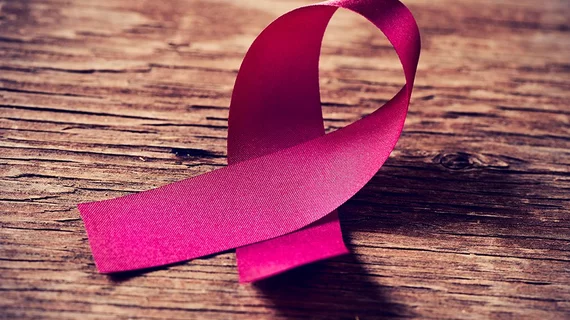Addressing social determinants may boost BI-RADS 3 follow-up rates
Cancer is among the leading diagnoses missed because of a failure or delay in follow-up imaging, but this doesn’t have to be the case.
Authors of a new study found that only 74% of women with breast imaging and reporting data system (BI-RADS) category 3 lesions completed optimal follow-up. The group analyzed factors physicians can key in on to boost these numbers and ensure at-risk women receive the imaging they need, publishing their findings in the Journal of the American College of Radiology.
“Because BI-RADS 3 breast lesions have up to 2% likelihood of malignancy, it is imperative that optimal follow-up of BI-RADS 3 test results be addressed to avoid this potential source of diagnostic imaging failure,” Ronilda Lacson, MD, PhD, with Brigham and Women’s Hospital, and colleagues wrote.
And while prior studies, including one published Oct. 10 in JACR, have found that patients with lower incomes, lack of insurance, specific demographics and certain referring provider characteristics all contribute to suboptimal breast imaging follow-up, fewer studies have tackled the issue within the scope of BI-RADS 3 lesions.
Lacson and colleagues analyzed 64,771 individual breast exams, consisting of 2,967 BI-RADS 3 findings for their research. Optimal follow-up was defined as follow-up imaging on the same breast 3 to 9 months from the exam.
Overall, 74% of patients completed optimal follow-up imaging. Patients who did not have insurance coverage, were younger, divorced and Hispanic were all less likely to comply with BI-RADS 3 follow-up recommendations.
For comparison, patients with a history of breast cancer, those who were older, married, insured, Asian and examined at a cancer institute were more likely to complete follow-up.
One of the biggest takeaways, the authors explained, is that these social determinants of health—estimated to account for 20% of premature deaths in the U.S.—should be studied further and addressed.
“Perhaps a care coordination system that incorporates analytics and risk estimation to identify persons at high risk for suboptimal follow-up could reduce follow-up disparities,” the researchers hypothesized. “In addition, more active management of unresolved BI-RADS 3 using electronic audit tools, commonly available in breast imaging practices, could be utilized.”

